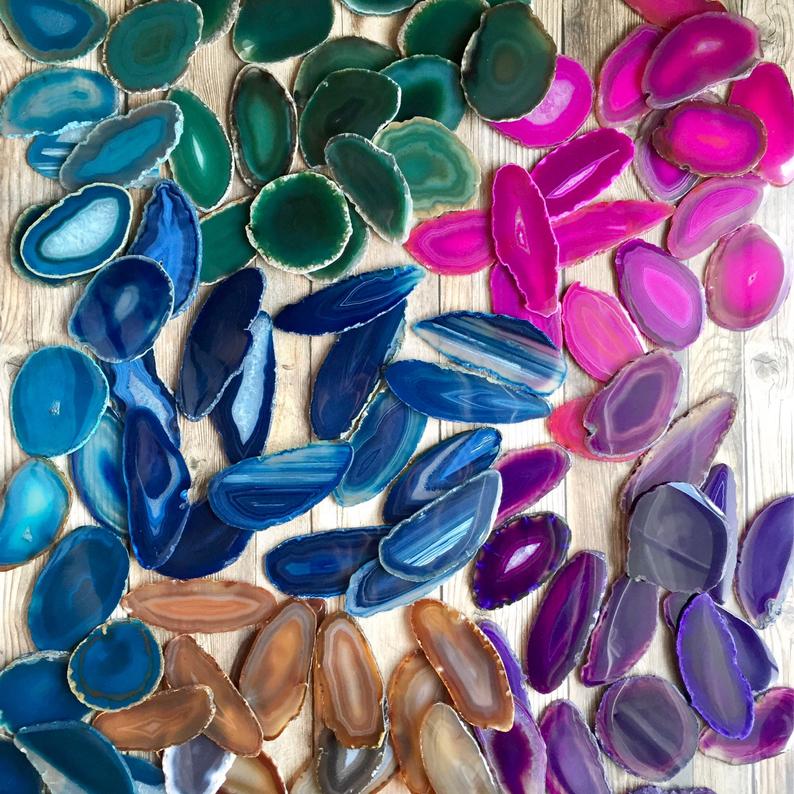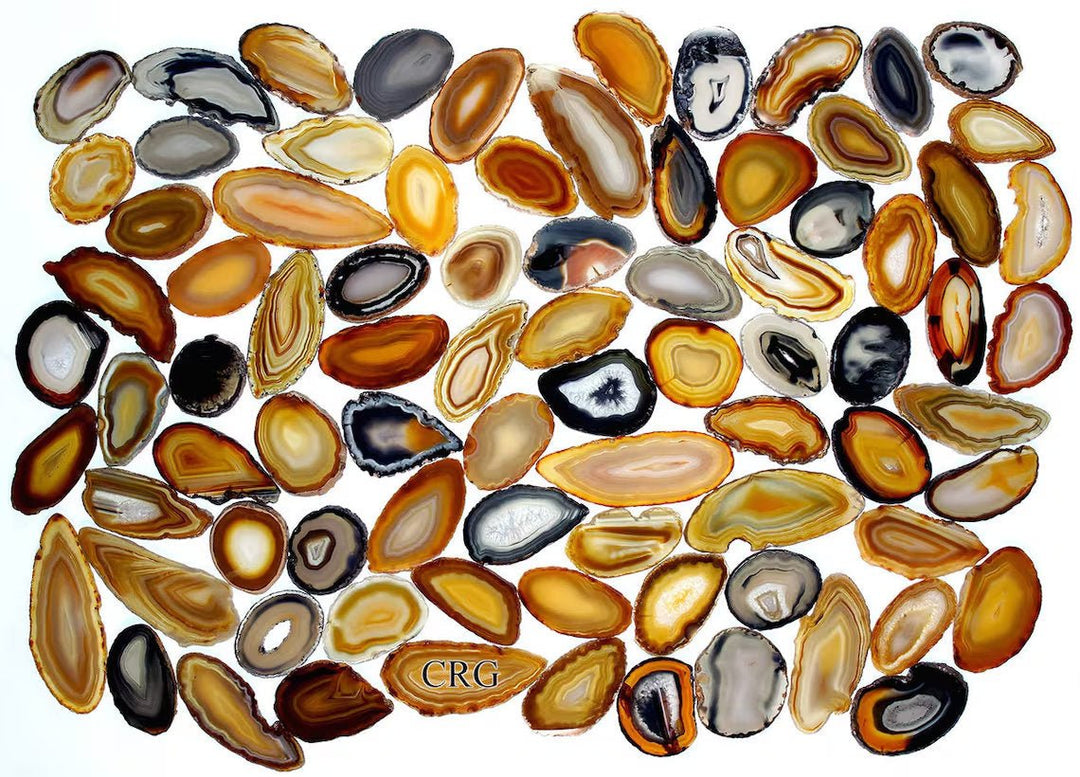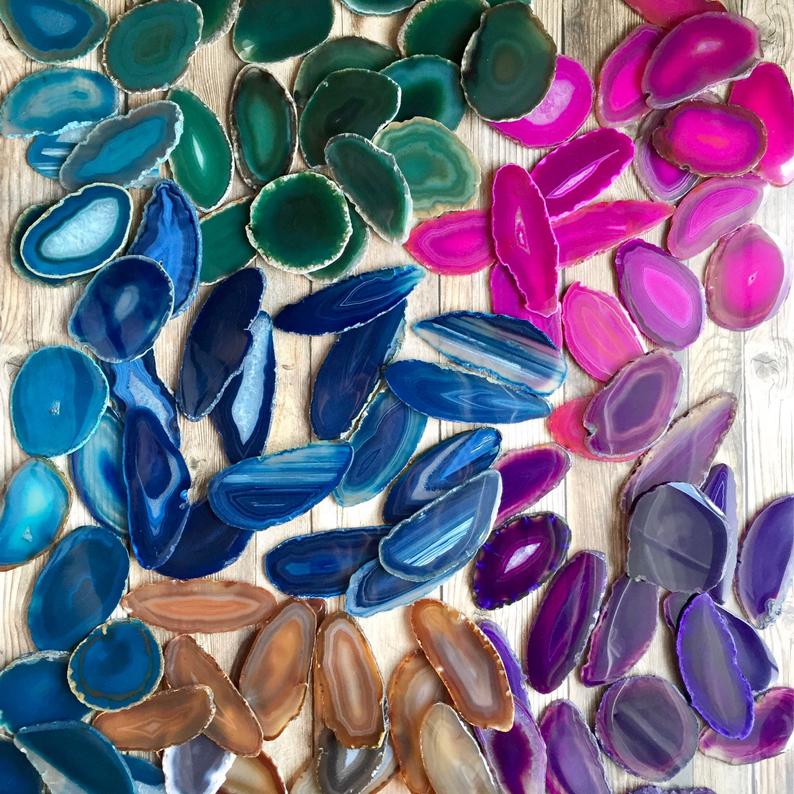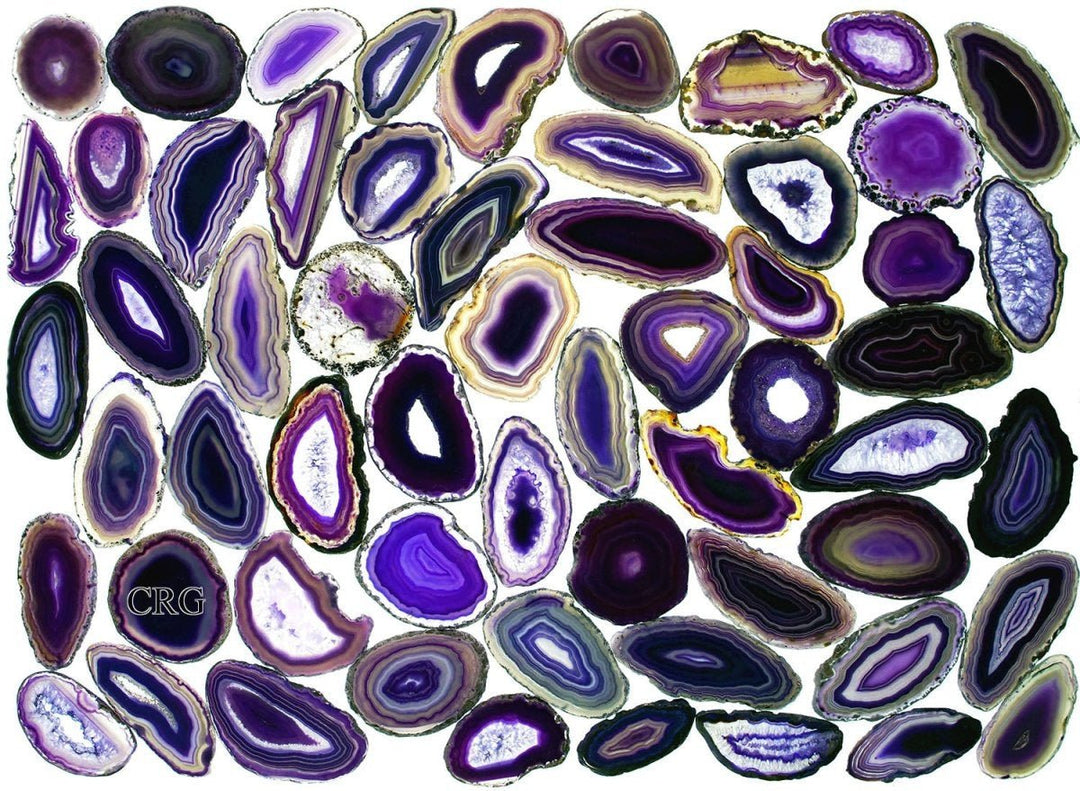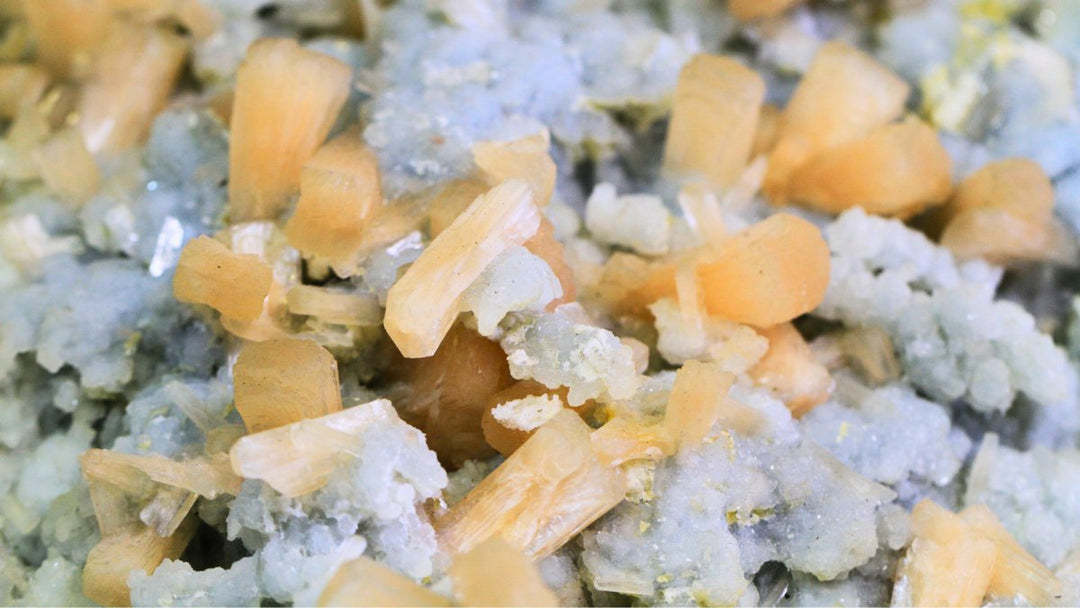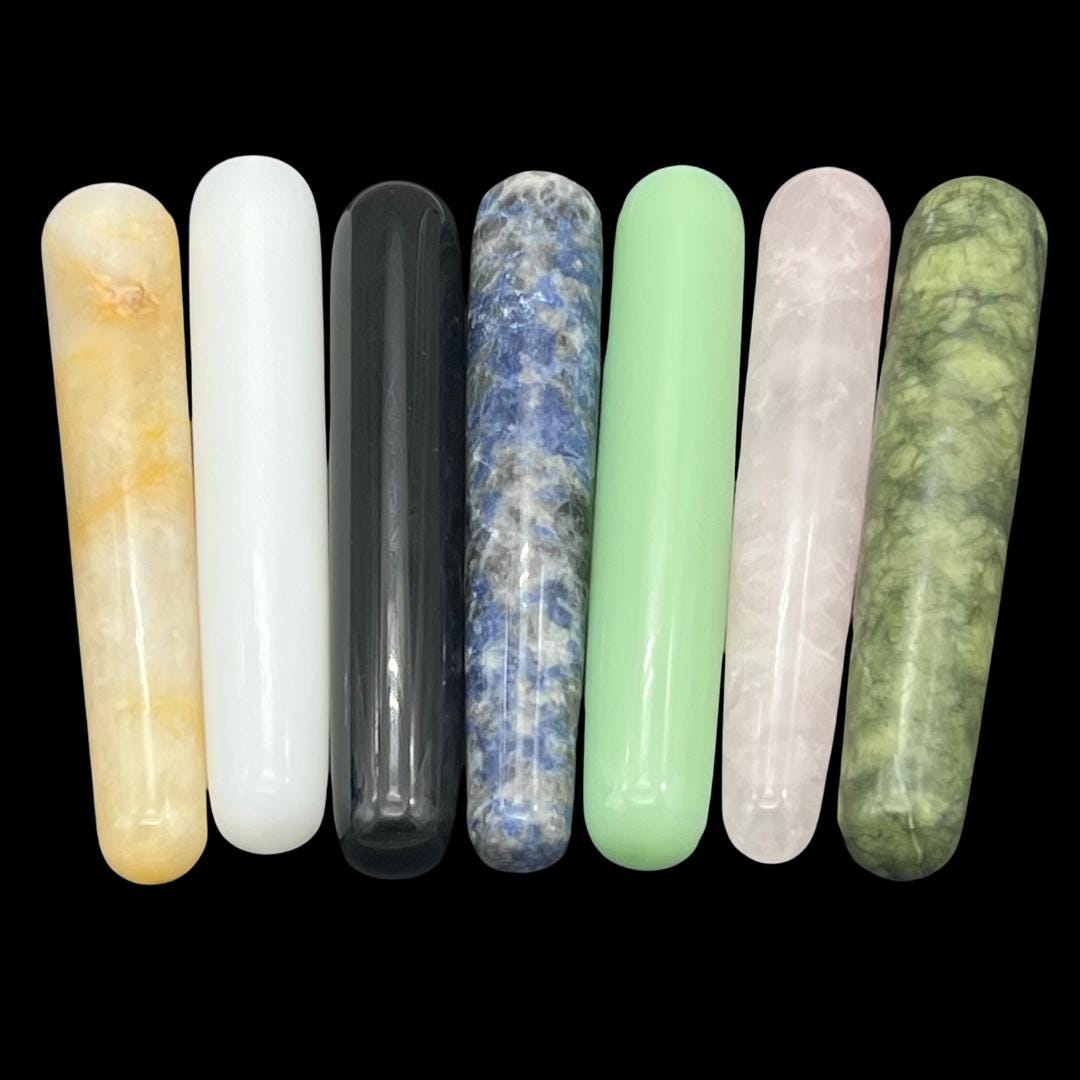Suppose it is a beautiful day outside but you are stuck indoors, perhaps at work, running errands, or due to feeling under the weather. Suppose you wish nothing more than to take a leisurely stroll through a colorful garden and lose yourself in the delightful cacophony of nature. There is no better substitute for the real thing than garden quartz. It is a wonderful experience to look very closely at garden quartz specimens and to imagine that one is walking through an otherworldly landscape with strange and beautiful flowers. Come with us; we’ll take a walk right now.

First we’ll peer into the earth’s crust to observe the formation of garden quartz (also known as lodolite). The stone’s formation occurs during the crystalli zation of silica-rich fluids within cavities and fractures in rock formations. There are two stages to the birth of garden quartz. Stage One involves quartz crystallization, during which silica-rich fluids are gradually deposited within rock fractures and cavities, building up over time to become clear quartz crystals. Stage Two concerns inclusion entrapment during crystal growth, when inclusions like chlorite, hematite, feldspar, and others are trapped within the growing quartz. These minerals arrange themselves in unique patterns that resemble gardens, landscapes, and fantastical scenes. 1000 Layer Quartz (a type of garden quartz) has an even more interesting formation. It involves a painstakingly slow process in which more layers of quartz grow on top of the “garden” layers, then more garden layers are deposited on the new quartz growth, and so forth as thousands of years pass. The result is a striking specimen that shows each layer frozen in time.

Next we’ll look more closely at the physical characteristics of garden quartz. Chemically, garden quartz is a variety of quartz, which has the chemical formula SiO₂. However, because of all the mineral inclusions that define garden quartz, it is not pure silica and its chemical makeup will vary depending on which inclusions are present. On the Mohs hardness scale, garden quartz earns a 7. It fractures conchoidally (smooth and curved) and its crystal system is trigonal (its crystals grow in six-sided prisms with pointed terminations). Because of its inclusions, garden quartz displays a range of gorgeous colors. The quartz itself can be transparent, milky white, and sometimes smoky gray. Inclusions can add shades of green, brown, red, black, and gold. All these colors interplay to create stunning miniature landscapes within the crystal.

On days with bad weather or when we are obliged to remain indoors, we often turn to garden quartz. We bring specimens close to eye-level and shrink ourselves down to walk among the floral patterns therein. Garden quartz is a stone that sparks imagination. It reminds us that even once we’re grown, we can still play pretend. We can still view the world with whimsy and get lost for hours in the garden.




